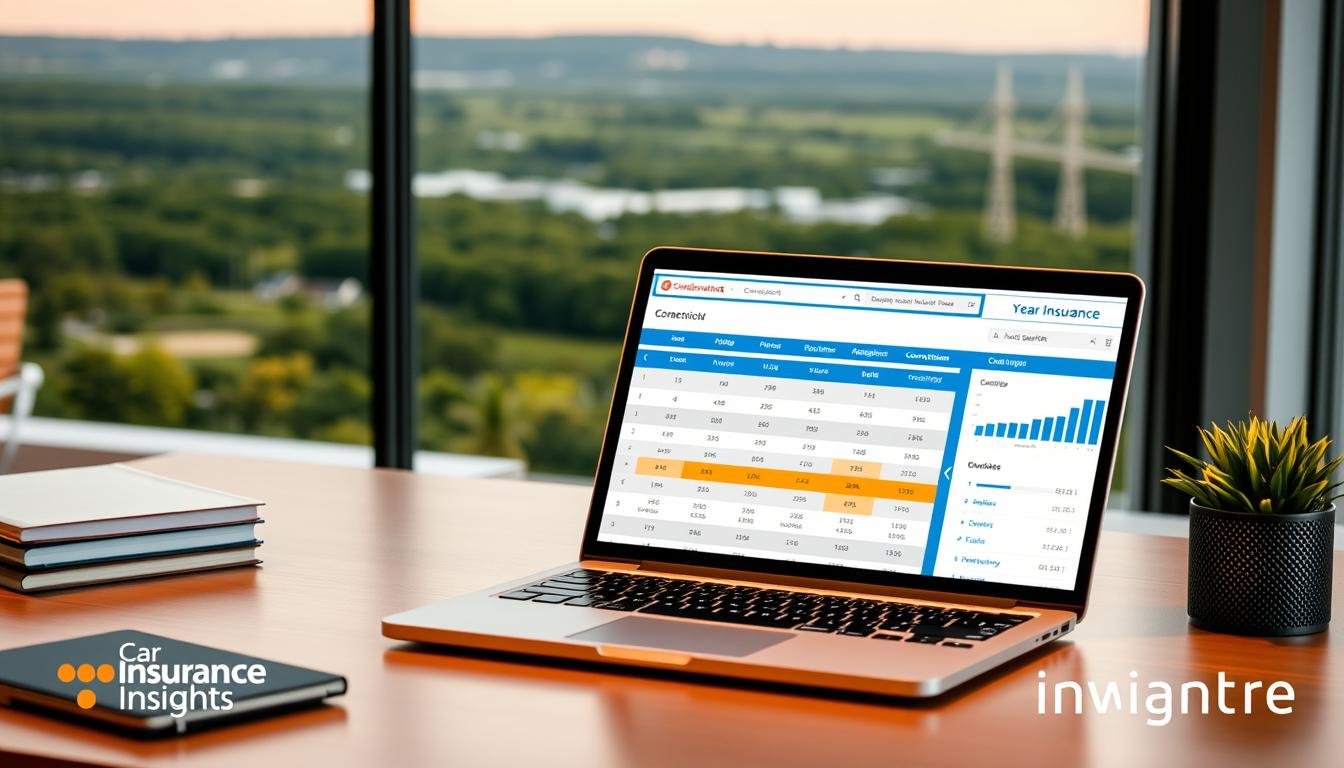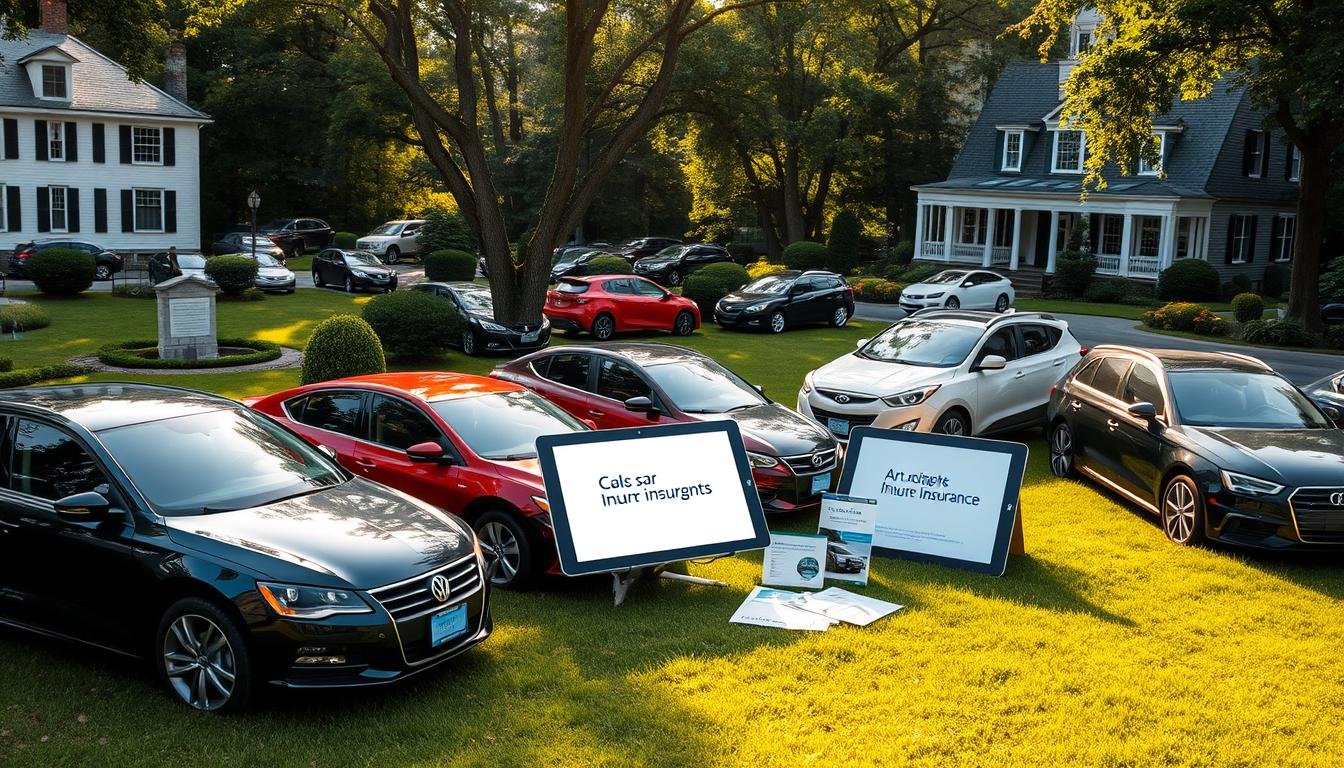For commercial truck operators, ensuring adequate liability coverage is not just a formality—it’s a critical safeguard against devastating financial setbacks. The potential risks tied to trucking operations—property damage, injuries, legal battles—can quickly spiral out of control without proper coverage in place. In this in-depth guide, we’ll delve into the essential elements of truck liability coverage, helping you navigate the complexities and make informed decisions to secure your business.
Our goal is to offer a detailed understanding of liability protection, the range of coverage options available, and how to ensure your trucking business stays compliant with both federal and state regulations. Along the way, we’ll discuss factors that affect your coverage rates and how to optimize your insurance strategy for the best financial outcomes.
Table of Contents
Key Insights at a Glance
- Critical Protection: Truck liability insurance is fundamental for shielding businesses from third-party claims and legal obligations.
- Diverse Coverage: Knowing the types of liability coverage—such as bodily injury and property damage—ensures comprehensive protection.
- Regulatory Compliance: Staying compliant with federal and state minimum coverage mandates is crucial to avoiding penalties and staying operational.
- Cost Factors: Variables like driving history, fleet usage, and safety records play a significant role in determining your insurance premiums.
- Optimizing Quotes: Working with experienced insurance brokers or leveraging online comparison tools helps secure the right coverage at competitive rates.
What Exactly Is Truck Liability Coverage?
Truck liability coverage is an essential insurance policy that protects your business from the financial burdens that arise from accidents or mishaps involving your commercial trucks. Whether it’s property damage, bodily injury, or legal expenses, truck liability coverage steps in to protect your assets.
This protection is vital, given the high-risk nature of commercial trucking. Without it, a single incident could lead to business-crippling expenses.
Why Liability Protection Is Non-Negotiable
Operating a commercial truck inherently involves a considerable amount of risk. Accidents can happen anytime, and when they do, your business may face severe financial repercussions from third-party claims. This is where liability insurance comes in, acting as a safety net to cover costs associated with damages and injuries, thus preventing financial ruin.
Types of Truck Liability Coverage
Commercial truck operators have access to several coverage types, each designed to cover different aspects of potential liabilities:
- Primary Liability: The core of most trucking insurance policies, this coverage is mandatory. It addresses bodily injury and property damage caused to others during an accident involving your truck.
- Cargo Liability: This covers the goods being transported. Should they be damaged or lost, this insurance will cover the replacement or repair costs.
- Environmental Liability: Specially designed for incidents involving hazardous materials, this coverage protects against cleanup costs and environmental damages caused by an accident.
Comprehensive motor carrier and commercial truck insurance policies combine these coverage options to create a solid defense against the myriad risks inherent in the trucking industry.
Primary Liability Coverage: The Core of Truck Insurance
At the heart of every truck liability insurance policy is primary liability coverage. This mandatory coverage protects against claims related to bodily injury or property damage caused by your commercial vehicle. It also includes provisions for legal defense costs, ensuring that you’re not only protected against financial claims but also the legal ramifications that often accompany accidents.
Primary liability limits differ depending on state regulations and the specific terms of the insurance policy, but typically, coverage encompasses:
- Bodily Injury Liability: Coverage for medical costs and damages awarded to third parties injured in an accident.
- Property Damage Liability: Covers repair or replacement of third-party property damaged by your truck.
- Legal Costs: Includes attorney fees and settlement costs related to lawsuits stemming from accidents.
The importance of maintaining strong primary liability coverage cannot be overstated. It’s not only a legal requirement but also a crucial element of risk management that protects both your business and the public.
Compliance with Trucking Insurance Requirements
Trucking companies are bound by strict federal and state regulations, which require them to maintain minimum levels of liability coverage. These regulations ensure that businesses are financially equipped to handle any claims or damages resulting from accidents, keeping both the trucking company and the public safe.
Federal and State Regulations
The Federal Motor Carrier Safety Administration (FMCSA) mandates minimum liability coverage of $750,000 for motor carriers operating vehicles over 10,001 pounds. However, certain states impose stricter limits. For example:
- California requires $1 million in coverage.
- New York sets its minimum limit at $1.5 million.
It is crucial to familiarize yourself with both federal and state requirements to avoid hefty fines, license suspensions, and operational delays.
Key Coverage Limits at a Glance:
| Coverage Type | Federal Minimum | State Example (CA) | State Example (NY) |
|---|---|---|---|
| Bodily Injury & Property Damage | $750,000 | $1 million | $1.5 million |
| Cargo Insurance | No federal requirement | Required | Required |
Failure to comply with these requirements can lead to severe penalties, so it’s essential to stay informed.
Factors Influencing Truck Liability Coverage Rates
A variety of factors affect how much you’ll pay for your truck liability insurance. Insurers scrutinize the following:
Driving Records and Safety Ratings
- Safe Driving History: Trucking businesses with drivers who have clean records often benefit from lower premiums, as they are considered lower risk.
- Accidents or Violations: Drivers with accidents or traffic violations on their records may lead to higher insurance costs due to the perceived increased risk.
Fleet Size and Vehicle Usage
- Larger fleets or those with frequent, high-risk trips (such as those involving hazardous materials or congested urban areas) generally face higher premiums.
Understanding these factors helps trucking companies take proactive measures to reduce insurance costs, such as improving driver safety programs and ensuring compliance with regulatory standards.
Selecting the Right Liability Coverage Limits
Choosing appropriate liability limits requires careful consideration of your fleet’s size, the goods transported, and your company’s tolerance for risk. Adequate coverage ensures your business is shielded from substantial financial losses.
Key Considerations:
- Fleet Size: Larger operations may need higher liability coverage limits.
- Cargo: Transporting valuable or hazardous goods calls for higher liability limits.
- Risk Tolerance: Businesses that prefer to play it safe might opt for more robust coverage to avoid financial vulnerability.
How to Obtain the Best Truck Liability Insurance Quotes
Securing competitive quotes is an important step for any trucking company. Here are two effective ways to gather the best quotes:
- Online Comparison Tools: Enter your fleet details and receive multiple quotes from various insurers to compare pricing and coverage.
- Insurance Brokers: Experienced brokers can guide you through the process and help you find personalized solutions based on your specific needs.
Managing Risks to Reduce Coverage Costs
A proactive approach to risk management can significantly lower your truck liability insurance costs. Here are some best practices:
- Driver Training: Implementing robust training programs encourages safe driving practices, reduces accident risks, and can result in lower premiums.
- Safety Technology: Telematics, in-cab cameras, and fleet monitoring systems can track driver behavior and identify areas for improvement, reducing accident risks and insurance costs.
- Fleet Maintenance: Regular checks and preventive maintenance show insurers that you’re committed to safety, potentially lowering rates.
Additional Insurance Options for Full Protection
While liability coverage is crucial, additional insurance can provide a more comprehensive safety net for your business:
- Cargo Insurance: Protects the goods you transport from damage or loss.
- Physical Damage Coverage: Covers your trucks in case of damage from accidents or other events, ensuring you can repair or replace your vehicles without taking a financial hit.
Filing a Truck Liability Insurance Claim
The claims process involves several key steps to ensure a smooth and efficient resolution:
- Report the Incident: Notify your insurance provider immediately to start the process.
- Document Everything: Collect all necessary paperwork, including accident reports, photos, and witness statements.
- Stay in Contact with Your Insurer: Ongoing communication is crucial to expedite the process.
- Evaluate the Claim and Reach a Settlement: The insurer will assess your claim and offer a settlement.







